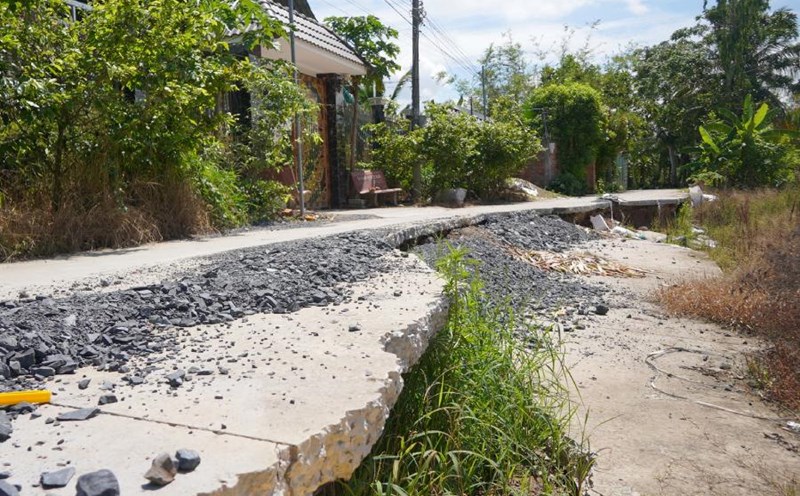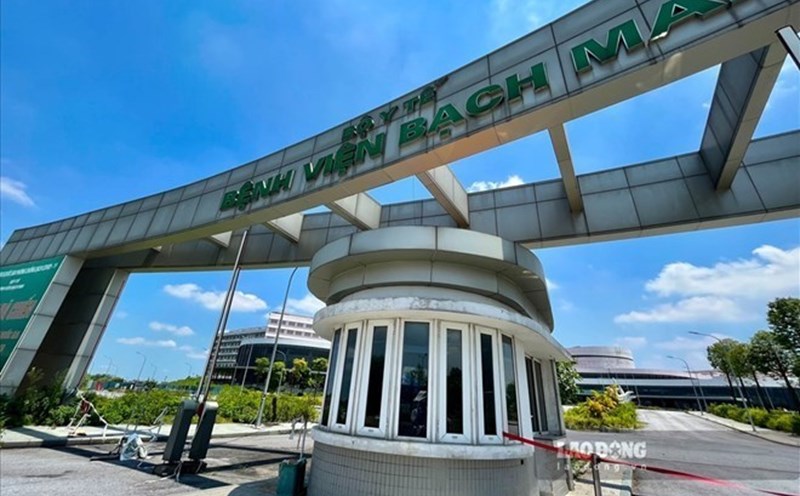At the Scientific Conference of Vietnam Academy of Traditional Medicine and Pharmacy: Inheritance, creativity and integration took place on May 18, on the occasion of the 20th anniversary of the establishment of the Vietnam Academy of Traditional Medicine and Pharmacy (2005-2025), Deputy Minister of Health Nguyen Thi Lien Huong emphasized: Vietnamese traditional medicine is facing new development opportunities but also facing many challenges in the context of overall and comprehensive renovation of the health industry.
The Deputy Minister hopes that experts will continue to accompany and promote the effective implementation of the Party's policies, legal regulations on training, research and application of traditional medicine treatment, in order to sustainably develop Vietnamese traditional medicine and gradually integrate regionally and internationally.
Deputy Minister Nguyen Thi Lien Huong also suggested that traditional medicine training institutions base on the issued traditional medicine competentness standards and scope of practice, and refer to experiences from countries with traditional medicine traditions to innovate training programs. The goal is to improve the quality of traditional medicine doctors, aiming for the practice capacity assessment exam to be implemented from 2027 according to the current Law on Medical Examination and Treatment.
Dr. Le Manh Cuong, Director of Tue Tinh Hospital, said that it is necessary to aim to build a training program for doctors with balanced knowledge between two fields of medicine, for example, 50% modern medicine and 50% traditional medicine. This requires a change in thinking from leaders, managers to scientists.
Assoc. Although there have been many guidelines and legal regulations, in fact, integrated treatment regimens have not been approved and applied widely. At the traditional medicine academy in Vietnam, the combination of modern medicine and traditional medicine in training and health practice has been implemented by promoting in-depth scientific research to create a foundation for integrated treatment regimens. Scientific evidence will be the basis for persuading the medical community and policy makers about the effectiveness of the combined method.
Some countries have successfully built an integrated medical doctor training model with equivalent knowledge rates between the two fields. No treatment is absolutely perfect. The important thing is that the doctor knows how to choose, prescribe and combine appropriate methods for each type of disease. In the transitional period, Mr. Cuong proposed a model of coordination between modern doctors and traditional medicine doctors, to take advantage of the strengths of both medical schools, creating a premise for a model of integrated doctor training in the future.











